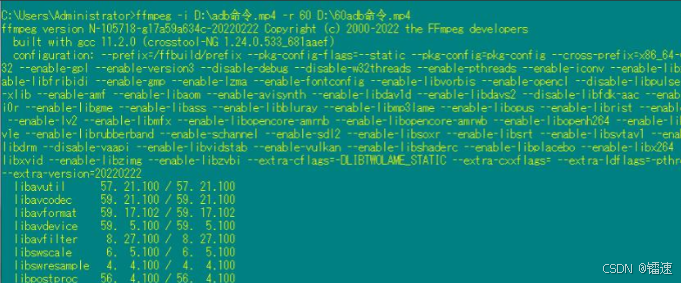

通过 SSH 隧道将远程端口转发到本地机器
输入服务器示例的SSH指令和密码,将远程的6006端口代理到本地


在服务器终端,激活conda虚拟环境
conda activate posecnn
export PYOPENGL_PLATFORM=egl
jupyter notebook --no-browser --port=6006 --allow-root
从服务器终端的日志中,可以看到以下Jupyter URL 和令牌(token):

一旦 SSH 隧道建立完成,在本地浏览器中访问访问 Jupyter Notebook
http://127.0.0.1:6006/tree?token=dfe1410959735c80c40404e2be7336b892793bb1e4b8d503




















